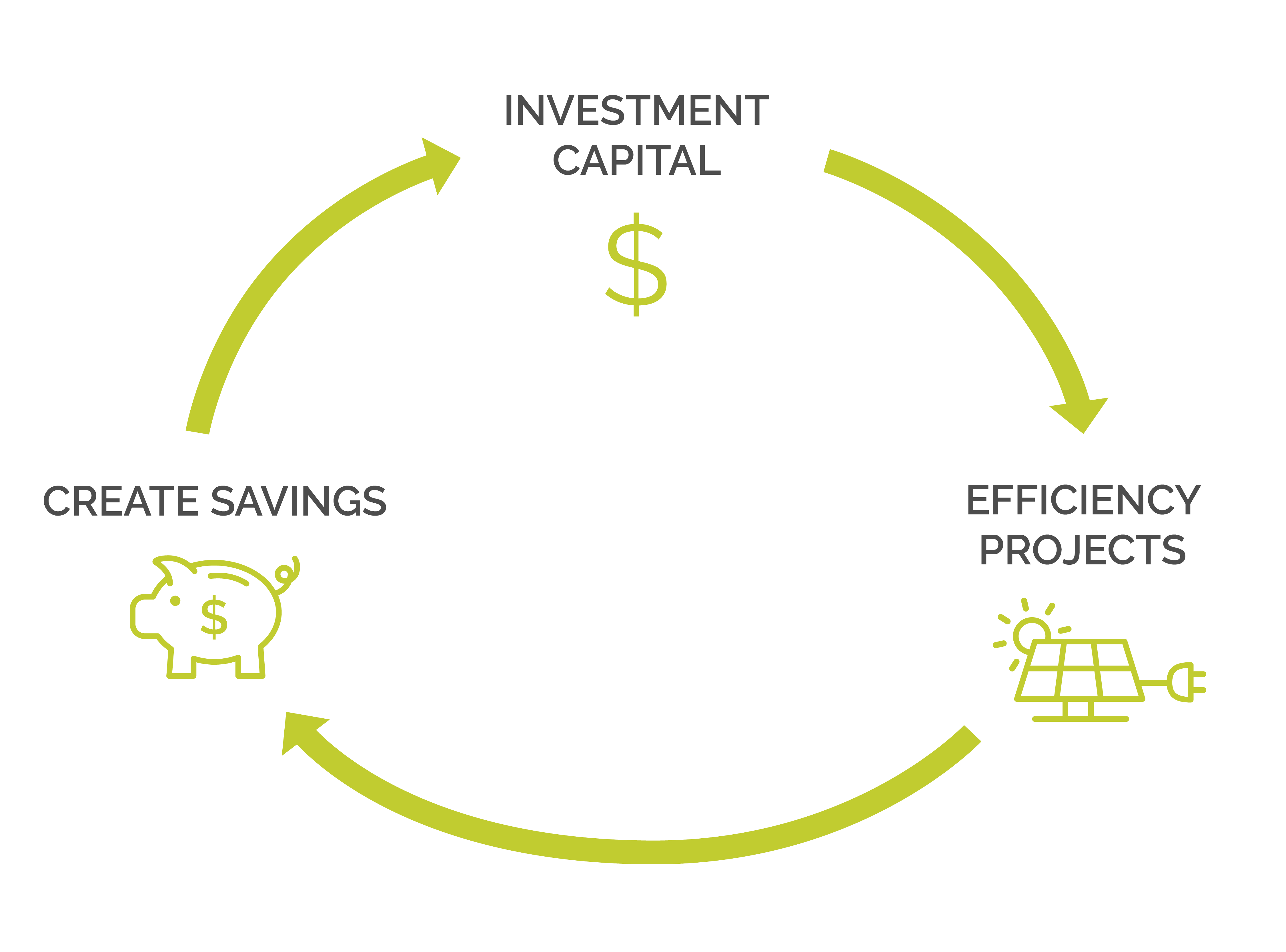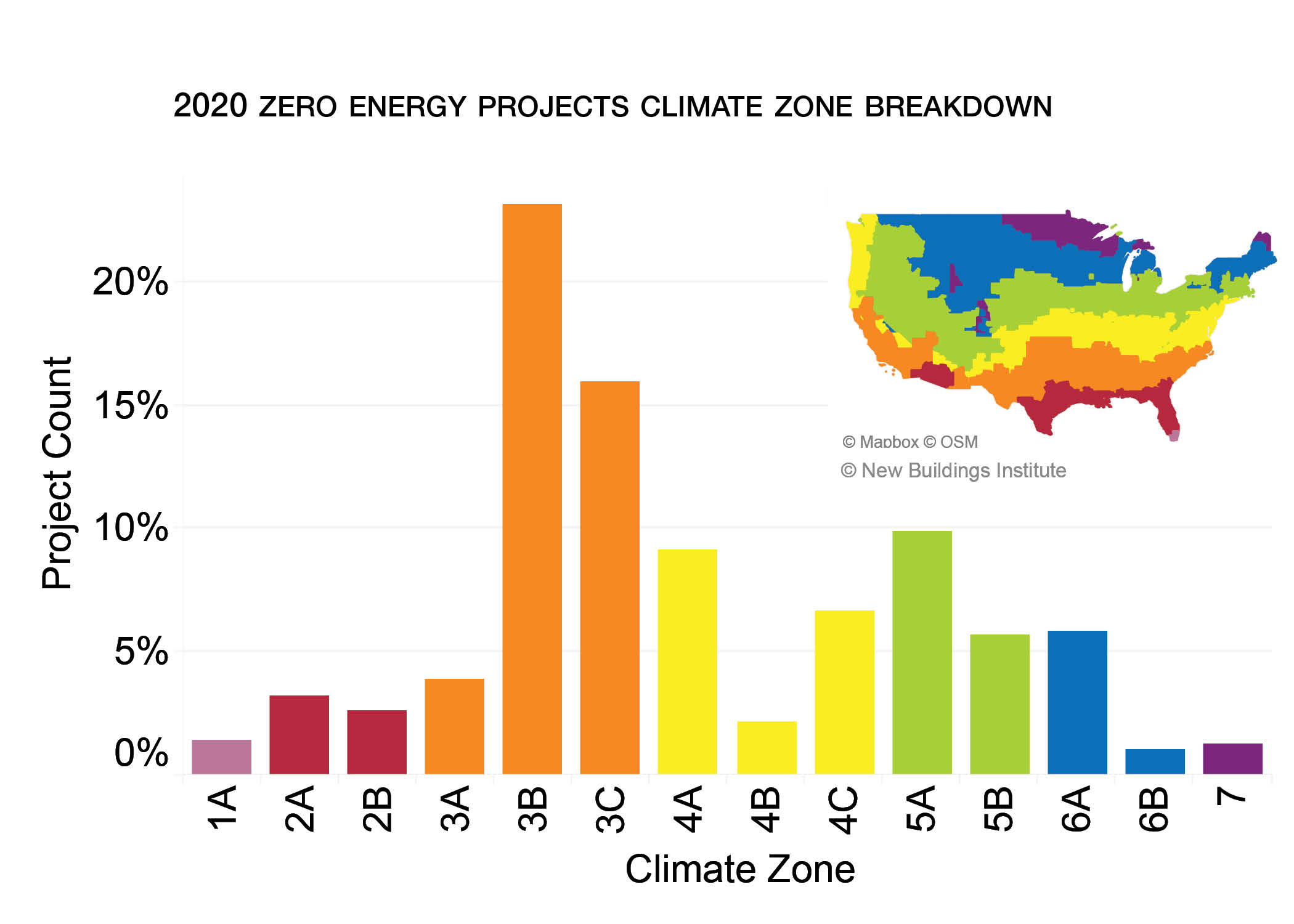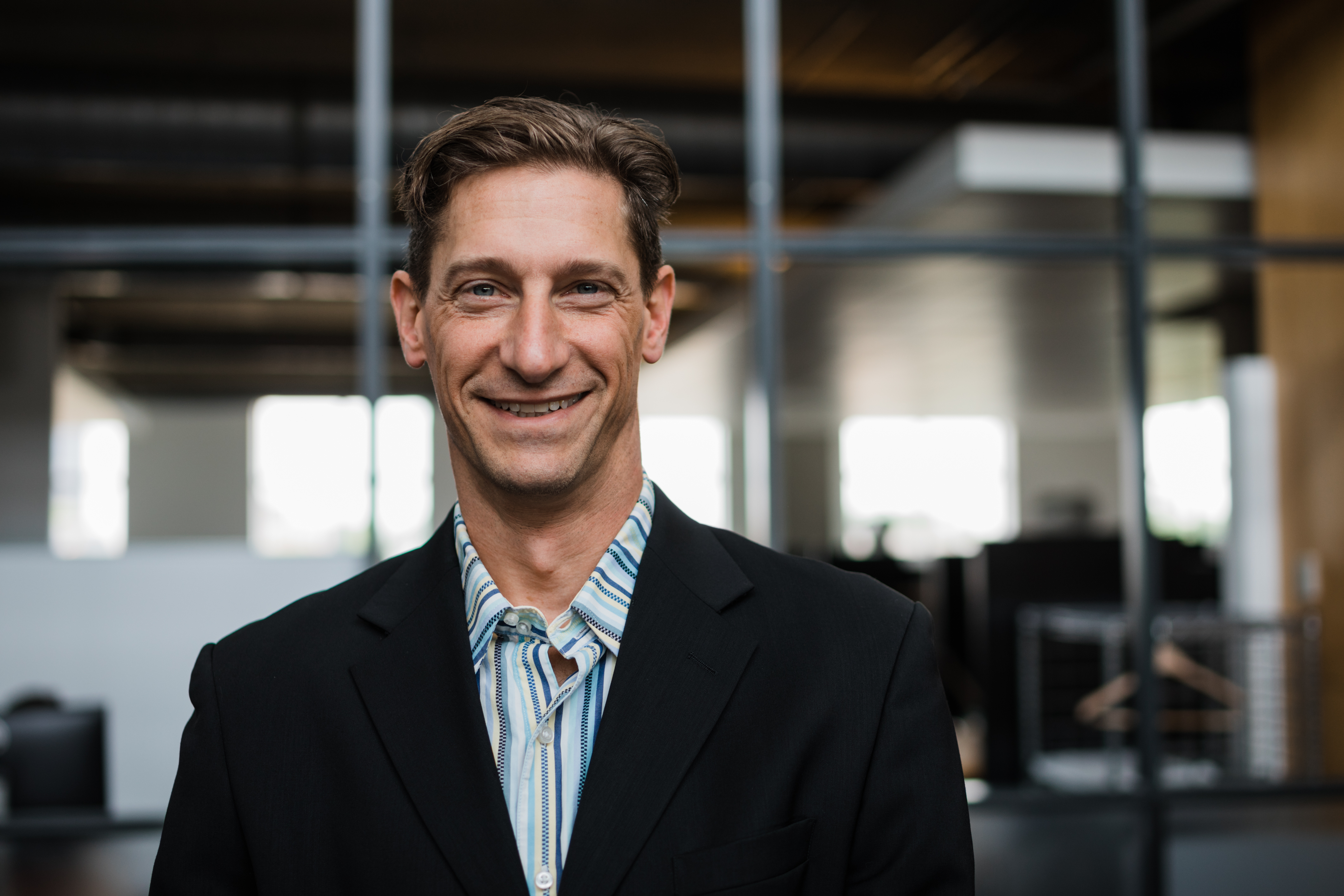Making a building more “green” is always our goal — but sustainable features can add expense to the project. Enter the Green Revolving Fund, an exciting new way to make the numbers work.
By: Dan Malec-Kosak, RA, NCARB // Project Architect, Healthcare Specialist
A building science professor of mine at Berkeley was fond of saying, “the cheapest energy is efficiency.” I love that phrase and wondered who said it first. A quick Web search doesn’t attribute it to anyone specific, but it does turn up similar messages on several leading energy websites:
- “The cheapest energy is energy we don’t use”
- “Yes, saving energy is cheaper than making energy”
- “Energy efficiency still abundant and cheaper that gas”
- “Energy Efficiency Is The World’s Most Important Fuel"
His point, of course, was that the added cost of reducing energy use through a tighter building shell, and more efficient mechanical systems and lighting, will save the building owner money in the long run. And even today with the dramatic drop in PV costs, higher-efficiency systems that use less electricity often cost less than adding solar photovoltaic (PV) panels to generate electricity. And once a better, more efficient building is created, fewer PV panels are needed to offset its energy use.
For example, a rooftop chiller is the typical, budget choice to cool a freestanding building (such as an office or school), and a geothermal heat pump system is a much more efficient system. While its upfront cost is more than the rooftop chiller by direct comparison, it’s a small percent of this hypothetical building’s total construction budget, and will save money in the long run – enough that all long-term building owners like hospitals and education systems should take advantage of doing. Unfortunately, some of our clients planning new construction don’t have the option of spending a little more now for efficiency that will save them money later. Often there are separate budgets for capital improvement and maintenance/operations — and the capital budget can't borrow money from operations, and the operations budget can't return energy savings to the capital. The result: there's no financial incentive to do the right thing by building better for the institution, the environment, and society.
Some larger institutions, such as higher education and healthcare, have implemented mandatory certification programs such as LEED or require more efficient systems if analysis predicts a payback in a specified time period. But that payback period is often about five years, where most systems will have a payback closer to ten. What’s a client to do?

Meet the Green Revolving Fund
A creative new approach to get around this funding conundrum is the Green Revolving Fund (GRF). It’s an internal funding mechanism specifically for projects that reduce the operational costs for an organization. A portion of those annual savings are then replenished by the organization into its GRF for use in more capital improvement projects that generate the organization savings. Brilliant!
According to the U.S. Department of Energy, the GRF model has gained increasing traction within the higher education sector, and other sectors – including healthcare, municipalities, and retail – all see the benefits of this innovative funding model and are seeking similar outcomes.
Here’s a couple of examples of how it works. If a university wants to install PV panels on a new building’s roof that will offset about $8,000 electricity per year, but the extra $100,000 system cost is beyond the construction budget, the GRF foots the bill, and the institution – now saving $8,000 per year in electricity costs – adds some of that savings back into the fund each year. Or maybe the students at that university petition to enhance all the drinking fountains with bottle filler stations, and they show the savings in water waste and plastic bottle disposal/recycling costs will pay for this enhancement in 15 years. The Green Revolving Fund could fund that, too.
Institutions that have implemented GRFs can announce their pledge by joining the Billion Dollar Green Challenge, which aims to encourage nonprofit institutions to pledge a combined $1B in GRFs and currently lists 58 participants, including:
- Universities of all sizes, including Harvard, UCLA, and University of Utah;
- Hospitals such as Cleveland Clinic (who started with an unprecedented $7.5 million pledge in 2016);
- Cities as small as Hillsboro, OR, and as large as Pittsburgh, PA;
- The state government of Vermont.
Whether or not a green revolving fund is implemented, there is an international push for buildings to reduce their impact on the environment. This year the AIA and many other organizations signed the open letter 1.5◦C COP26 Communique to "… call on all sovereign governments to ramp up their Nationally Determined Contributions, and 2030 emissions reduction targets, to limit planetary warming in line with the remaining global 1.5ºC carbon budget."

Because the U.S. lacks codified building energy regulations aligned with the Paris Agreement, achieving this goal compels a radical shift in collaboration between building owners, engineers, and architects to take the initiative of responsible design, achieve net zero energy consumption by 2030, and work toward net zero CO2 by 2050.
But here's some good news: the hardest work is already done! Net zero energy buildings, of most building types in every US climate, have already been designed, built, and verified! The AEC industry is poised for success in mitigating Climate Change — it just needs the joint commitment of everyone involved to manifest that success.

To learn more about Green Revolving Funds visit this helpful overview from the U.S. Department of Energy. If you’d like to explore other sustainable building strategies, contact DesignGroup to start a discussion. We’ve advocated for sustainable building practices for five decades.

Dan Malec-Kosak, RA, NCARB, LEED Green Associate // Project Architect
Dan is a Project Architect with over 28 years of experience and is inspired to thoughtfully and collaboratively make healthy, inspiring spaces. He has a passion for sustainable design and is committed to bringing sustainable practices to every project he works on. Since 2006 Dan has dedicated his career to healthcare design and improving the life of patients and staff through thoughtful architecture. He combines his technical proficiency with a love of design and healthy fear of climate change to seek new and innovative solutions. Dan’s healthcare experience ranges for renovating a single x-ray room, to design of new hospitals over 1,000,000 square feet in all phases from early design to opening day.
Sources:
